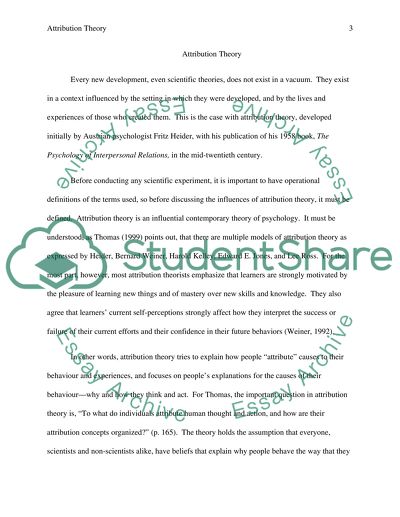Cite this document
(“Attribution Theory Essay Example | Topics and Well Written Essays - 2250 words”, n.d.)
Retrieved from https://studentshare.org/psychology/1411139-attribution-theory
Retrieved from https://studentshare.org/psychology/1411139-attribution-theory
(Attribution Theory Essay Example | Topics and Well Written Essays - 2250 Words)
https://studentshare.org/psychology/1411139-attribution-theory.
https://studentshare.org/psychology/1411139-attribution-theory.
“Attribution Theory Essay Example | Topics and Well Written Essays - 2250 Words”, n.d. https://studentshare.org/psychology/1411139-attribution-theory.


